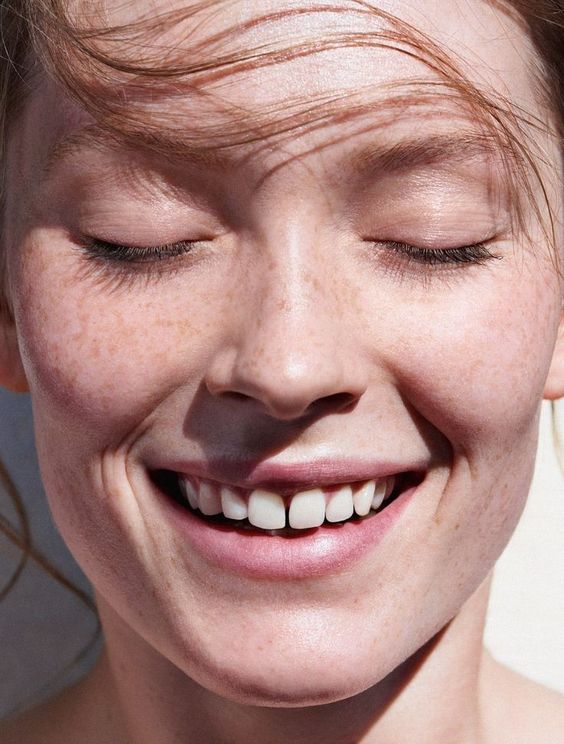Milia are small, white cysts that can appear on the skin, often around the eyes, cheeks, and nose. They result from the buildup of keratin, a protein found in skin cells, trapped beneath the skin's surface. While Milia Treatments in Dubai are harmless and usually painless, many people seek treatment to remove them for cosmetic reasons. If you're struggling with milia, you're not alone. Fortunately, various dermatologist-approved treatments can effectively address this common skin concern.
Understanding Milia
Before exploring treatment options, it’s essential to understand what milia are. Unlike acne, milia do not result from excess oil production or clogged pores. Instead, they occur when skin cells become trapped in a pocket beneath the skin’s surface. Milia can affect people of all ages and are particularly common in infants, although adults can also develop them. Factors such as sun damage, skin trauma, and certain skin care products can contribute to their formation. Knowing the underlying cause can help guide the best dermatologist-approved milia treatments for your situation.
Top Treatments for Milia
1. Professional Extraction
One of the most common and effective treatments for milia is professional extraction by a dermatologist or licensed aesthetician. This process involves using a small, sterile tool to gently puncture the milium and extract its contents. Extraction should always be performed by a trained professional to minimize the risk of scarring or infection. This method provides immediate results and is particularly effective for larger or stubborn milia that do not respond to other treatments.
2. Topical Retinoids
Topical retinoids, derived from vitamin A, are another dermatologist-approved option for treating milia. These creams and gels promote skin cell turnover, helping to prevent the buildup of keratin that leads to milia formation. By encouraging exfoliation, retinoids can help reduce the appearance of existing milia while preventing new ones from developing. It's essential to use retinoids under the guidance of a dermatologist, as they can sometimes cause irritation or dryness, particularly in sensitive areas.
3. Chemical Peels
Chemical peels are another effective treatment for milia. These procedures involve applying a solution that exfoliates the skin, removing dead skin cells and promoting new cell growth. Depending on the severity of your milia, your dermatologist may recommend a light or medium peel. Chemical peels can improve overall skin texture and help reduce the occurrence of milia. However, it's crucial to note that some people may experience redness or peeling after the treatment, so follow-up care is essential.
4. Laser Therapy
For more persistent milia, laser therapy can be a suitable option. This treatment uses targeted laser energy to break down the keratin that causes milia, promoting faster healing and skin renewal. Laser therapy is typically quick and effective, making it an attractive option for individuals with multiple milia or those who have not found success with other treatments. Dermatologists can help determine if you are a good candidate for this procedure.
5. Microneedling
Microneedling is an innovative treatment that involves creating tiny punctures in the skin with a specialized device. This process stimulates collagen production and enhances skin cell turnover, helping to clear out trapped keratin. Microneedling can be especially beneficial for those looking to address multiple skin concerns, including milia. Like other treatments, it's essential to seek this procedure from a qualified professional to ensure safety and effectiveness.
Preventative Measures
While treatments can effectively remove milia, taking steps to prevent their recurrence is essential. Here are some dermatologist-approved tips to keep milia at bay:
- Gentle Exfoliation: Regularly exfoliating the skin can help prevent dead skin cell buildup. Use gentle exfoliating products containing alpha hydroxy acids (AHAs) or beta hydroxy acids (BHAs) to promote skin renewal without causing irritation.
- Avoid Heavy Creams: If you're prone to milia, opt for lightweight, non-comedogenic moisturizers and sunscreens. Heavy creams can clog pores and contribute to milia formation.
- Sun Protection: Protecting your skin from the sun is crucial. Sun exposure can damage the skin and lead to various skin concerns, including milia. Use a broad-spectrum sunscreen with at least SPF 30 daily.
- Consult a Dermatologist: Regular check-ups with a dermatologist can help identify any underlying skin issues contributing to milia formation. Early intervention can prevent future occurrences.
Conclusion
Milia are a common skin concern, but various dermatologist-approved treatments can help effectively address them. From professional extraction to topical retinoids, chemical peels, laser therapy, and microneedling, there are multiple options to choose from. Additionally, adopting preventative measures can help reduce the likelihood of milia returning. If you're struggling with persistent milia, consulting a qualified dermatologist can guide you to the best treatment tailored to your needs. With the right approach, you can achieve clearer, smoother skin and feel more confident in your appearance.





Comments